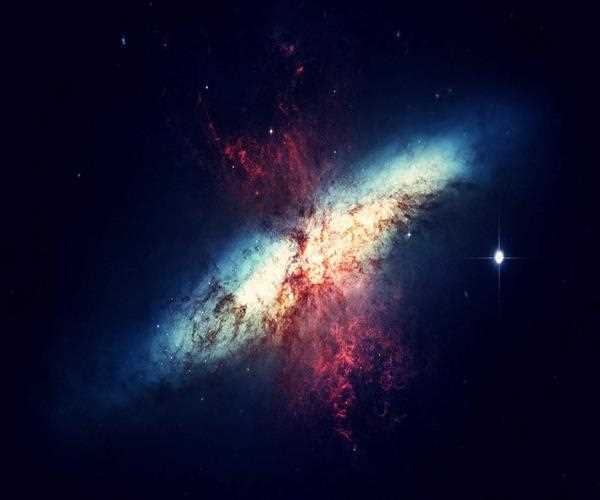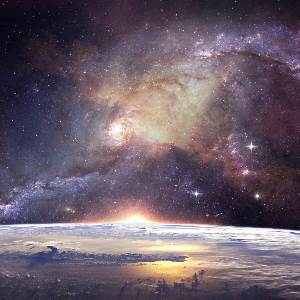
Hubble captures a breathtaking image of a triple galaxy merger.
READ HIGHLIGHTS
The IC 2431 galaxy merging was photographed by Hubble.
Hubble will shortly be replaced by the James Webb Space Telescope
telescope was found through the Galaxy Zoo citizen science effort.
WHY IN NEWS
For more than three decades, the Hubble Space Telescope, a joint initiative of NASA and the European Space Agency (ESA), has already been watching fascinating happenings in the Cosmos. It just caught a breathtaking picture of a triple galaxy merging in process in the Cancer constellations, some 681 million light-years distant from Earth. The picture also displays a chaotic mix of star formation and tidal distortions generated by the galactic trio's gravitational interactions. A huge cloud of dust obscures the picture in the centre, but light from a backdrop galaxies can be seen penetrating its outer extremes.
ALSO READ : Twitter expands the number of people who may test the Safety Mode feature.
INSTAGRAM POST : ESA post in official Instagram handle
'The distant galaxy merging IC 2431 is the bulk of debris and dazzling swirling of starlight in this view,' ESA noted in an Instagram post. According to the European Space Agency, the picture is part of a collection of Hubble investigations looking into 'strange and amazing galaxies' identified by the Galaxy Zoo citizen science effort. On February 24, 1896, French astrophysicist Stephane Javelle found IC 2431. The Galaxy Zoo project is looking for help in categorizing a million galaxies from the general public and amateur astronomers. Participants will be able to actively contribute to scientific study while also having the opportunity to view the beautiful and different constellations that build up the Whole world. Using Hubble's sophisticated Advanced Camera for Surveys, these volunteers investigate some of the more unusual galaxies identified thus far.
ALSO READ : Chrome is available for Windows, Mac OS X, and Linux. Get a Zero-Day Exploit Security Fix
According to ESA, the Galaxy Zoo project accomplished 'what would have taken a professional astronomer years of study in only 175 days' and spawned a slew of other astronomical citizen research initiatives. Later investigations included the most comprehensive study of galaxy collisions and hydrodynamic satellite galaxies yet undertaken. With its unimpeded perspective of the cosmos, the Hubble telescope, which was launched in 1990, has impacted astronomy. As the Hubble Space Telescope grew older, NASA launched the James Webb Space Telescope on December 25, 2021.


